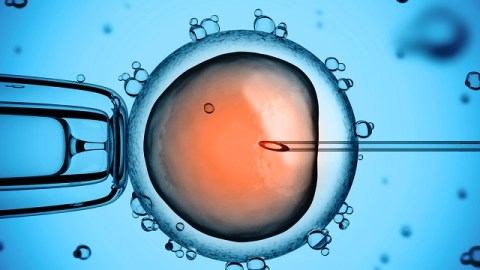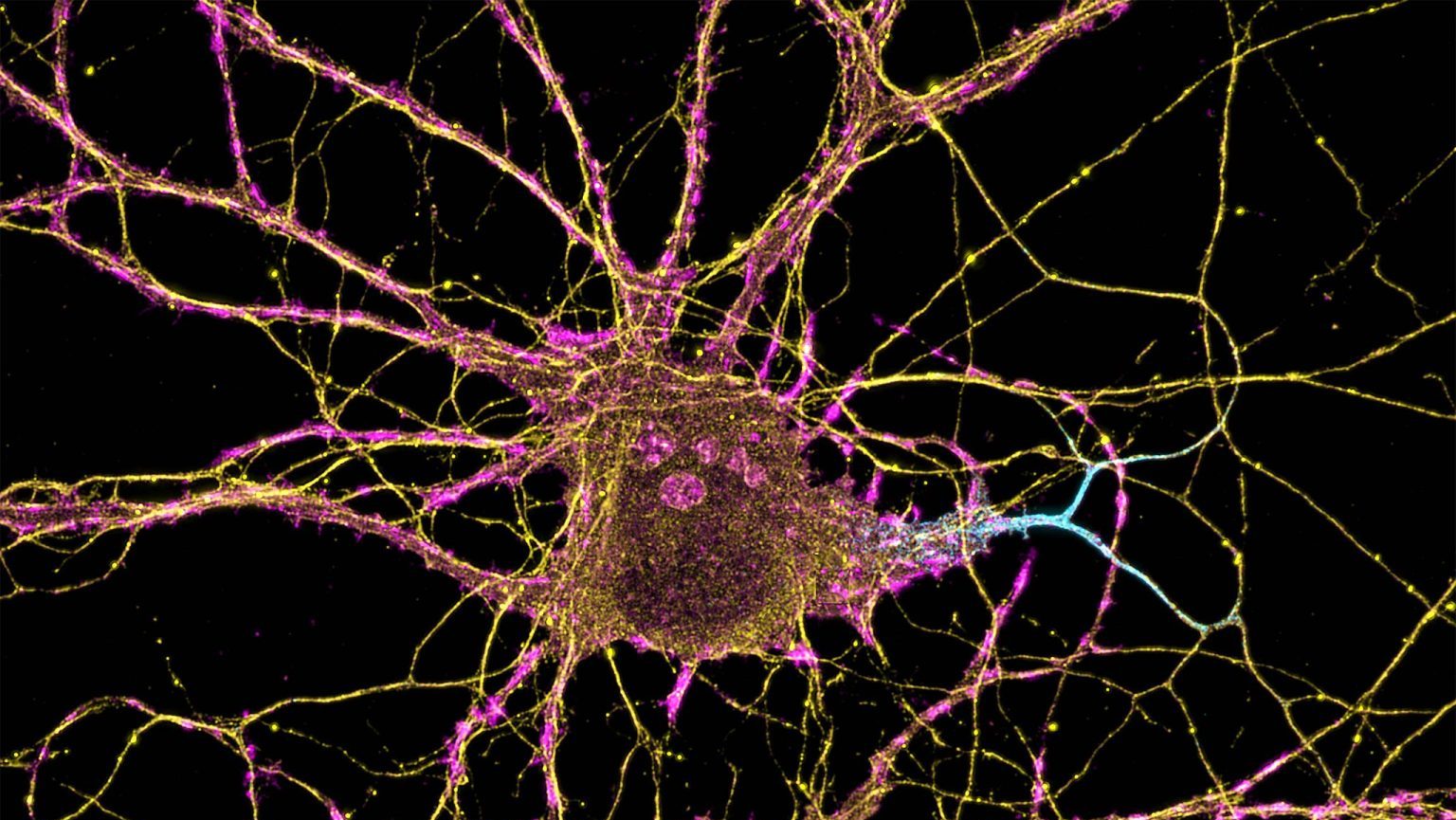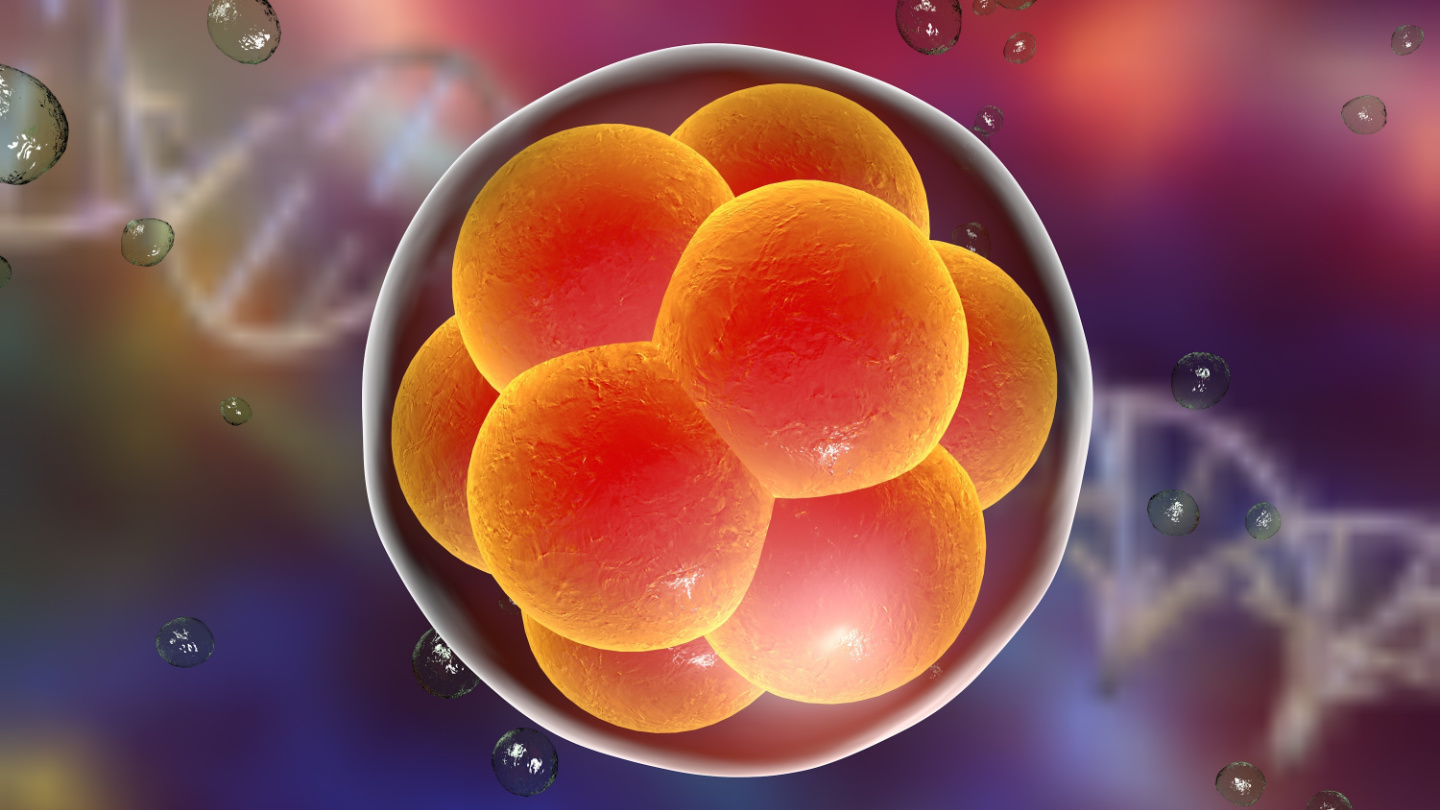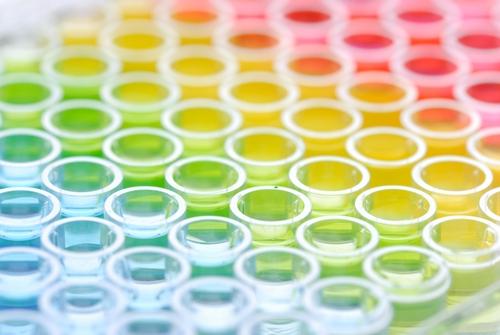Making Embryonic Stem Cells From Human Skin Cells

What’s the Latest Development?
A paper appearing in the online version of Cell this week describes the successful reprogramming of human skin cells into embryonic stem cells. Scientists from the Oregon Health & Science University and the Oregon National Primate Research Center figured out that the fragility of human egg cells — into which a nucleus from another human cell, in this case skin, is transferred and begins to produce stem cells — required a different approach. By chemically maintaining an important stage of the cell division process throughout the transfer, the team was able to get the stem cells to develop. They achieved similar success with monkey cells in 2007.
What’s the Big Idea?
Stem cell therapies have long been seen as a holy grail treatment for many common diseases including multiple sclerosis and Parkinson’s disease, yet many have questioned the ethics of using developing human embryos for this purpose. Although the method discovered by the Oregon team can be considered a type of cloning, team leader Shoukhrat Mitalipov says, “Our research is directed toward generating stem cells for use in future treatments to combat disease…[We do not] believe our findings might be used by others to advance the possibility of human reproductive cloning.”
Photo Credit: Shutterstock.com





